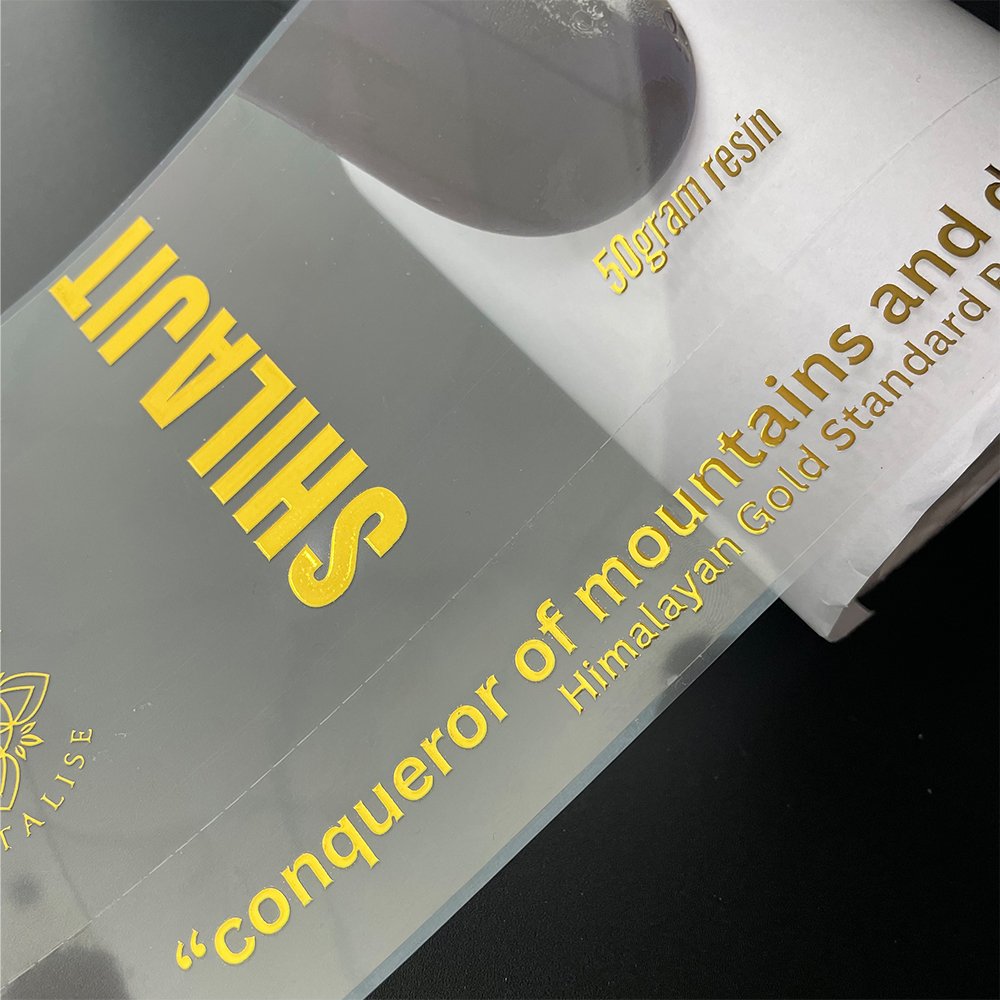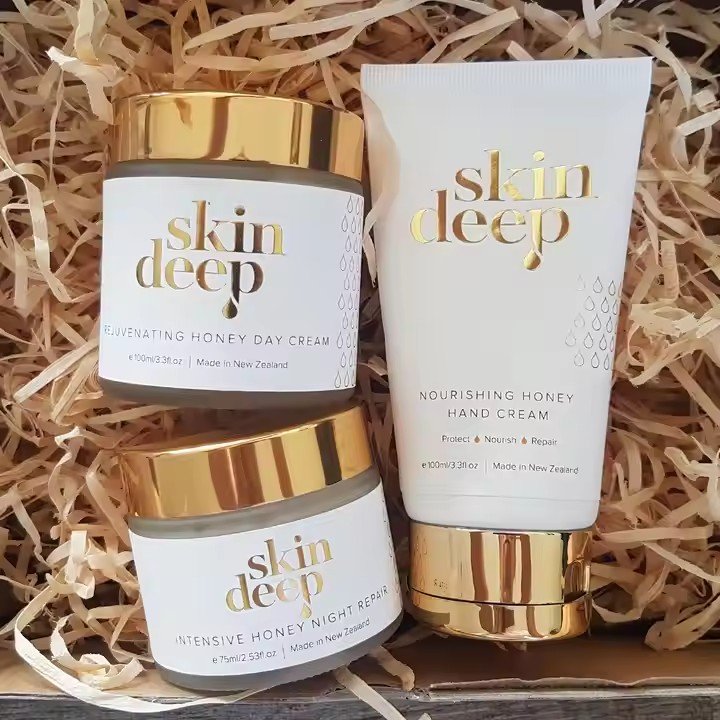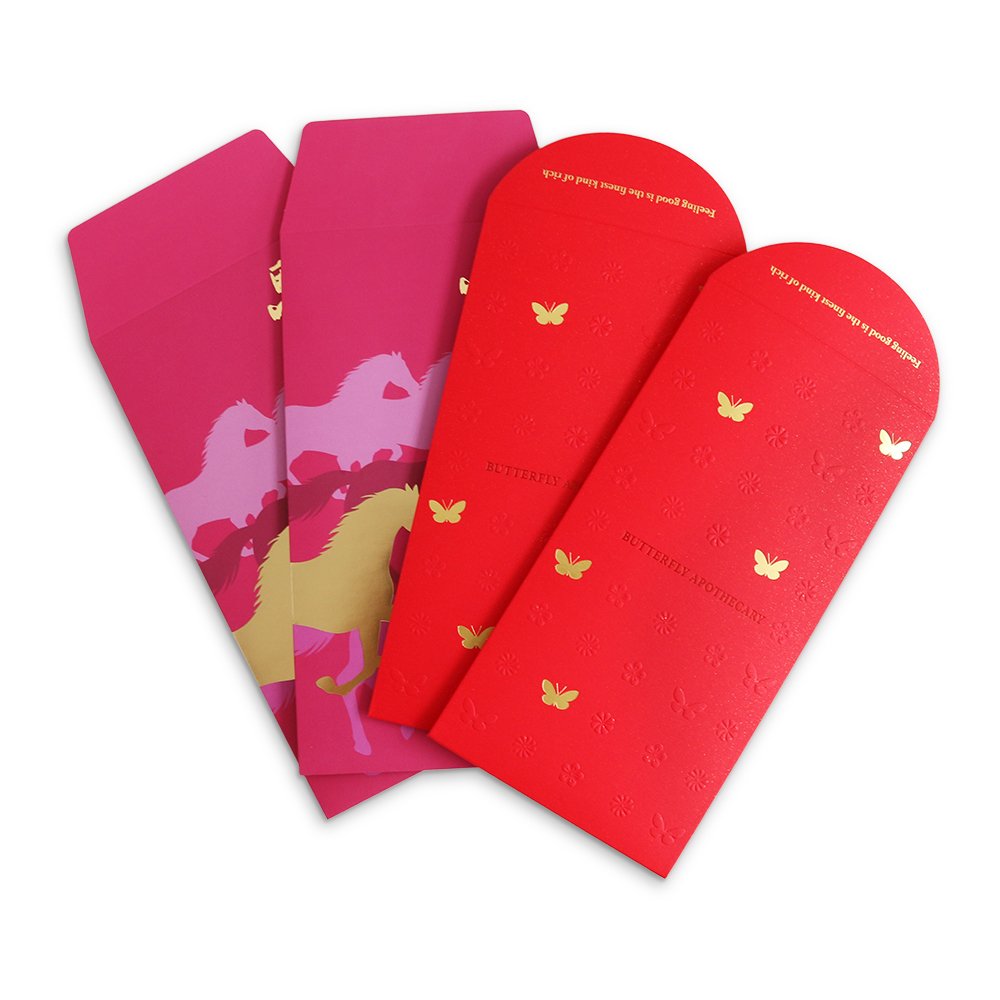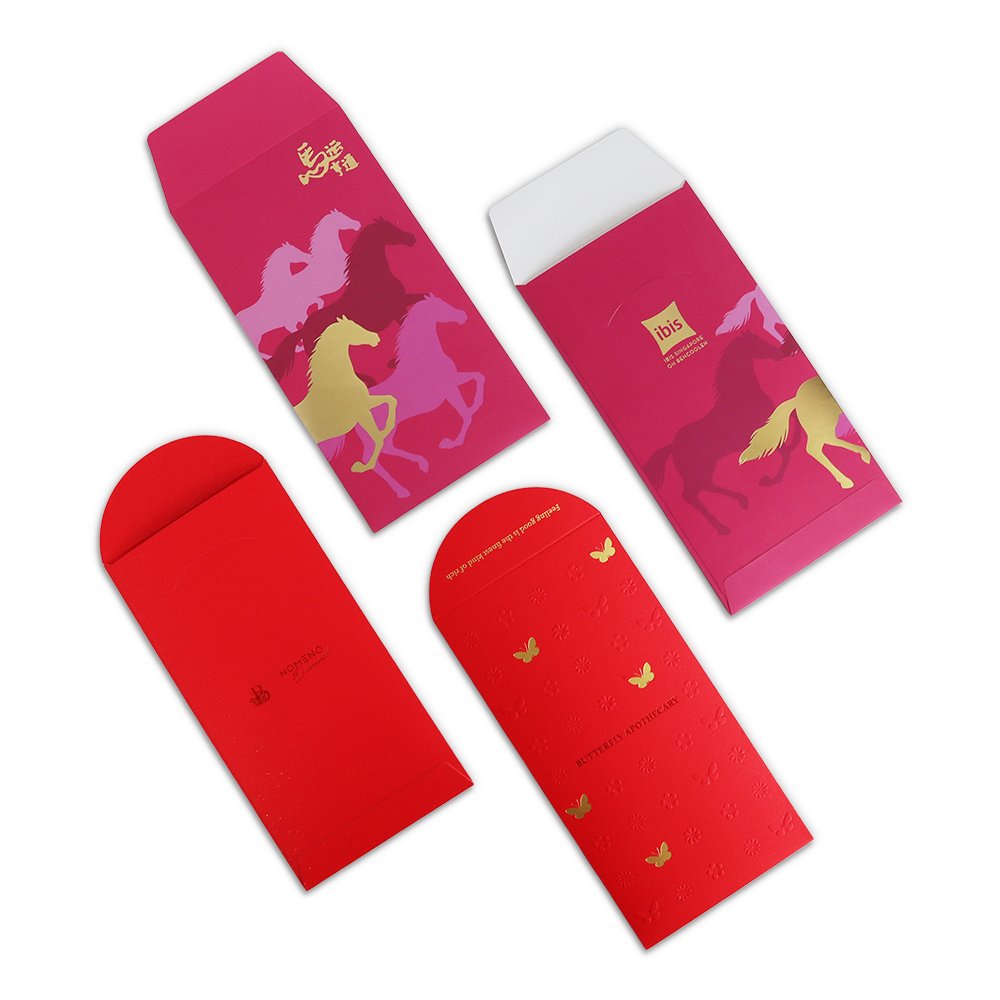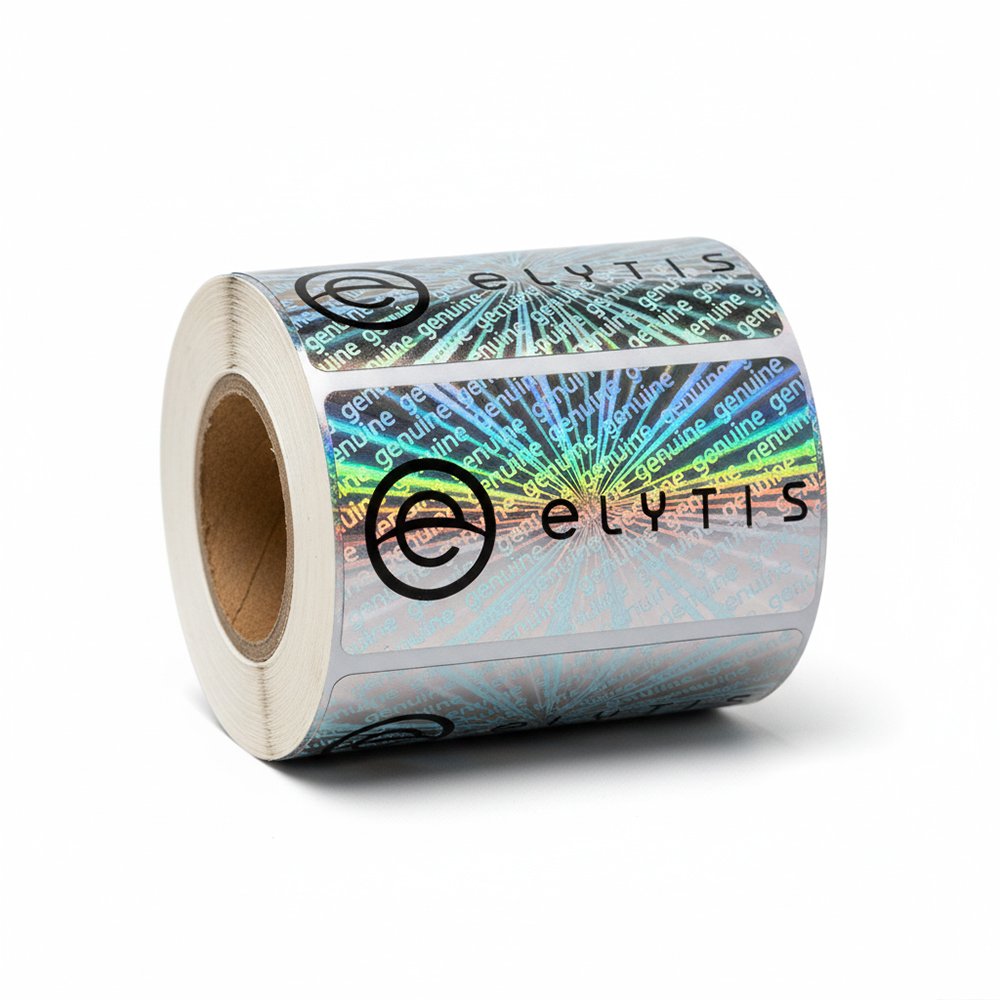
How to Design Wine Labels That Appeal to the Middle-Class Aesthetic?
For China’s new middle class, purchasing decisions have moved far beyond simple “functional needs” toward the pursuit of quality symbolism and emotional resonance. The wine label—being the first visual touchpoint between the product and the consumer—is not merely decorative; it is a visual embodiment of middle-class values.A label that aligns with middle-class aesthetics must find


